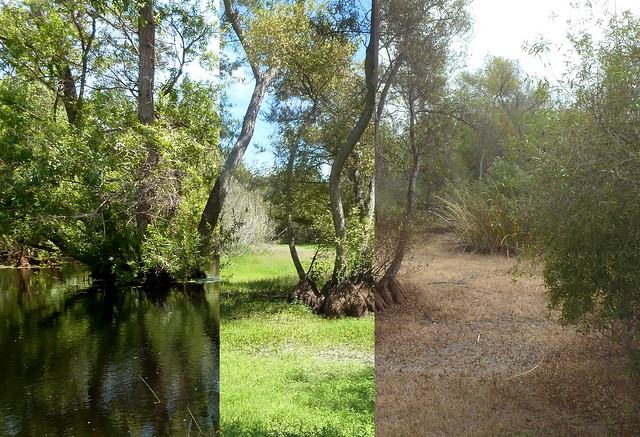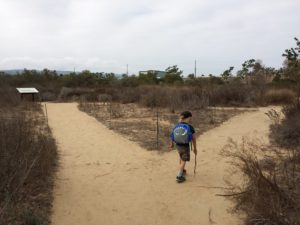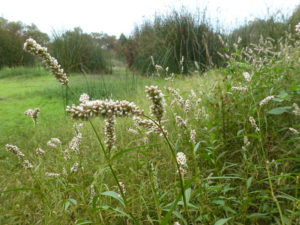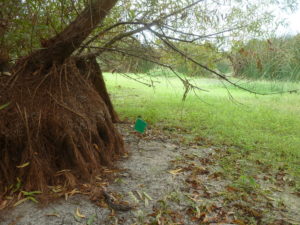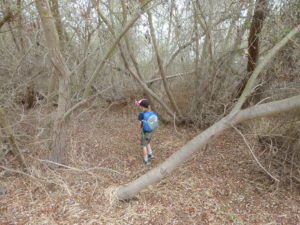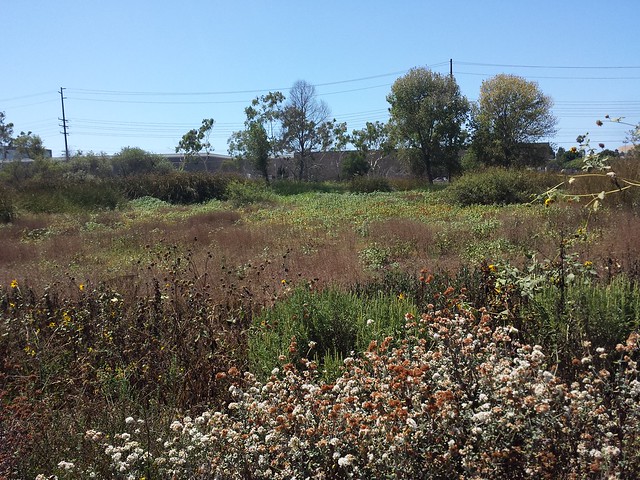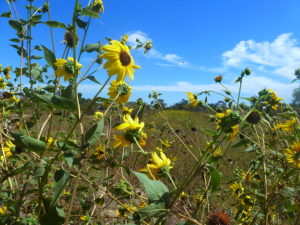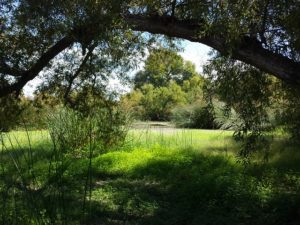Apparently it’s National Donut Day, and WaPo decided to look at regional differences in which chain is on top — if any.
We’re solidly in indie-land here. Even the Winchell’s I remember growing up became a mom and pop shop back in the 80s (though I think it *might* have been a Yum Yum at some point in between). I just looked it up and it’s still there, and still indie.
There are so many ex-Winchell’s in the LA/OC area that were picked up by mom-and-pop shops of all kinds that didn’t want to spend extra money replacing rounded-triangle the structure of the sign that I considered taking photos and starting a Tumblr called used-to-be-a-winchells back when Tumblr was still popular, but I never got around to it.
There’s one near where we live now that was an indie shop when we moved to the area, and had almost-but-not-quite the same name as another indie shop down the street, both using the street name as part of the shop name. The other shop changed its name to use the side street’s name instead…shortly before the ex-Winchell’s one closed. It’s now a completely different kind of business (not even a restaurant), but the sign shape is still the same!
